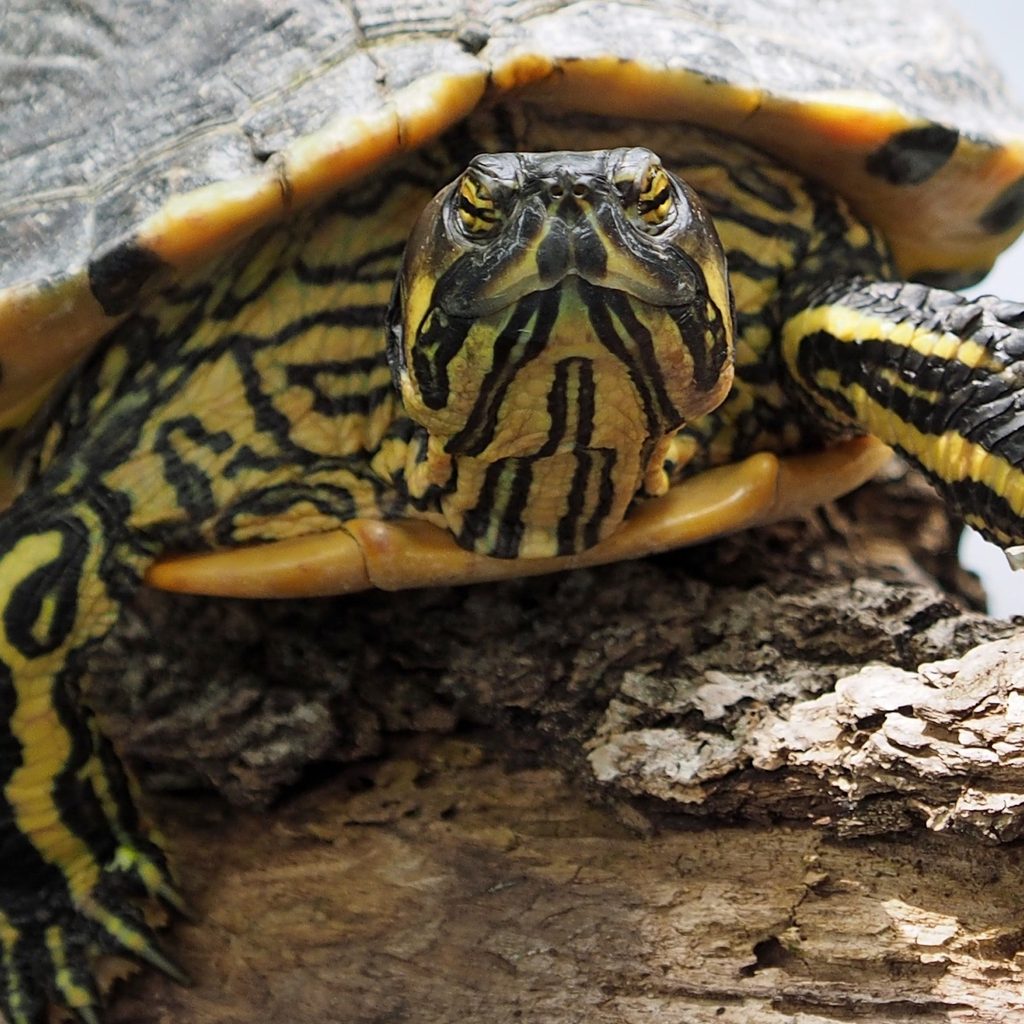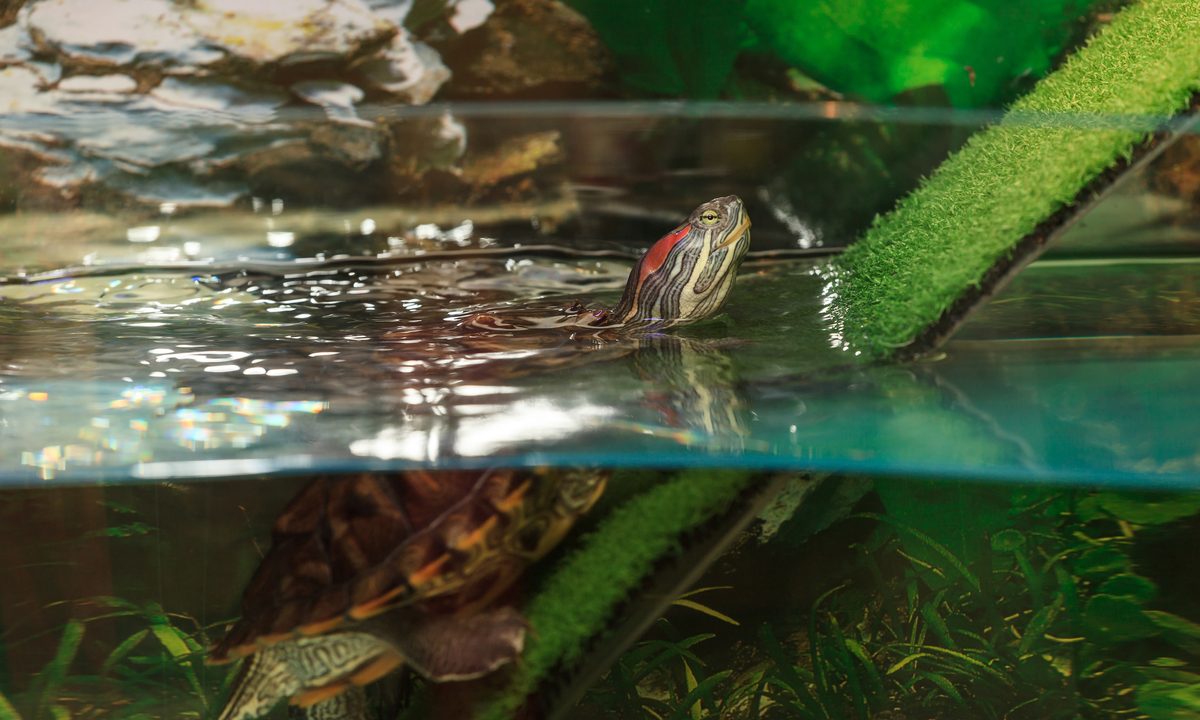One thing that's true of all pet turtles: They mess up the place pretty quickly. Whether you have a terrestrial turtle or an aquatic one, you will find yourself tidying up (more often than you would prefer, we expect).
It’s important to clean your pet’s home frequently to keep away smell and sickness. This might not be the most pleasant part of pet ownership, but you’ll be happy you did it.

How often to clean your turtle tank
There are two types of cleaning when it comes to your turtle’s tank. Just as you spot-clean your house or apartment, you should include routine maintenance in your daily schedule. For your turtle's home, that will mean picking up droppings, leftovers, and other obvious gross spots, such as soiled newspaper.
Every week, you should also include a partial water change and, in a terrestrial tank, replace substrate as necessary. Note, even if the water looks OK, it may have extra chemicals in it, like nitrates, so do the change anyway and test the water. For a full-scale cleaning, you need to set aside some time and put this on the calendar every four to six weeks, depending on what kind of mess your little friend makes.

How to clean a turtle tank
Deep cleaning may seem daunting before you've tried it, but after the first go, you'll easily add tank scrubbing to your chore chart. The one thing you always need to be careful about is using pet-safe materials. Try not to introduce any unwanted chemicals into the habitat or you'll risk hurting your turtle and disrupting your little ecosystem.
Step 1: Remove everything.
Starting with your turtle. You don't want to work around your pet or have them come into contact with any of the cleaning accouterments. If you have a separate feeding or travel housing, bust it out and put your turtle in there.
Step 2: Scrub down the tank.
Use a pet-safe cleanser or a diluted bleach solution to get into every nook and cranny of your turtle house. Remember to get the top of the tank and into the corners since those can hide gunk or invisible germs. Leave a long time to dry — a few hours — to ensure there's no smell or tiny particles left.
Step 3: Clean all tank accessories.
You'll mostly replenish your substrate, so toss out the old material and have a big bag of new substrate waiting. But rocks and toys can go right back in after a little wiping down. Some items from the pet store may even be dishwasher safe; otherwise, you can rinse as necessary. Wood will eventually rot and fall apart, so get new sticks or bark now and then.
Step 4: Replace substrate and water.
As mentioned, you'll use new substrate when you do a deep clean since chips and paper both soil easily. For terrestrial and aquatic tanks, water needs to be completely fresh, and you want to mind your source for impurities as well. Run your full testing kit whenever you do a clean.
Step 5: Change things up.
Just as you redecorate your home every so often, your turtle will love a new place to explore occasionally. Make sure you keep a space for "sunning" even if you shift it a bit one way or the other. Introducing new objects can serve as stimulation for your animal, too.
Step 6: Give your pet a treat.
Now's a good time to reward your reptile with a little turtle treat. You don't want to dole these out too often, but the occasional dessert will keep them happy. Buy commercial treats from the pet store or figure out their favorite snack, maybe a banana for a box turtle or a feeder fish for a red-eared slider.
All these tips should act as guidelines. Pay attention to your terrarium so you can spot when it gets especially dirty and needs a thorough cleaning. Also, there are a few things you can do to keep the dirtiness down, such as getting a feeding tank for mealtimes. Remember, too, that many of these turtles can live decades, which is a lot of deep cleanings over a lifetime. Only bring home a little fella if you’re in it for the long haul.




